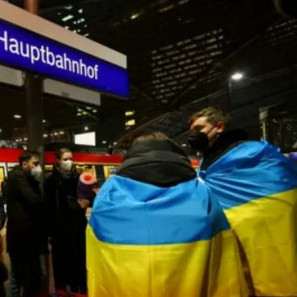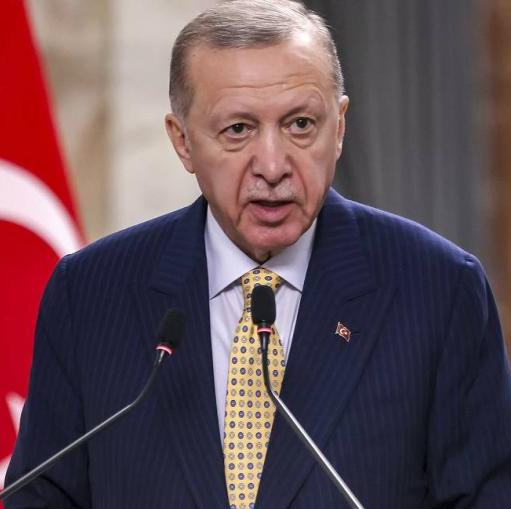In this connection it becomes interesting: Are the things indeed going so bad that the parties even fail to agree a routine meeting schedule (10-15 a year)? The second date relates to the Moscow’s decision to suspend the CFE Treaty. The West regarded this step not with understanding but with exacerbation. As for the acronyms, they embrace a family of military- restrictive agreements that have been regulating the war-and-peace balance for a quarter of a century. The most critical of them is the NABMD that sounds like SOS in a wide band of global security. What new aspect has been added?
The new aspect is that the Americans, apparently, do not want to escalate the situation to a full stop of the military dialogue and are seeking a compromise on their own terms and conditions. It is connected, firstly, with an air bridge between Europe and Afghanistan via the Russian airspace; secondly, with an attempt to maintain at least a minimum consensus with respect to the war on terror and Iran; thirdly, (that becomes “firstly” as the date of the presidential elections in the USA comes near) with an intend of the Republicans to demonstrate their exclusive capability to come to a compromise with Russia.
For George Bush’s party mates it would be an important argument in their election debates with the Democrats, who intent to “to put Moscow back”. The fourth, US domestic critics of the NABMD do not like its “technologically secondary nature”, not to say obsolescence. In their opinion, only a mobile ABM defense basing on promising shipborne systems is capable of successfully protecting Europe against missile threats. Today, for us it is the lesser of evils – we proposed to NATO to build something similar, but they did not hear us.
As for the compromise, the Americans informally proposed on November 21 to integrate Russian and NATO ABM defenses to expand the coverage. The idea of this integration consists in the consent to suspend activation of the interceptors (GBI) deployed in Poland, i.e. not to bring them to a finally loaded condition or hot configuration (i.e. to leave them in a so-called “warm” configuration) until it becomes clear if Iranian ballistic missile could reach Europe or not. Our observers were also invited to the facilities under construction in Poland and Czechia.
But as the proposal took a formal shape, it became clear that it has a false bottom. Firstly, the Americans reserve the right to take a unilateral decision on capabilities of Iranian missiles. A decision on interceptor activation will be also taken unilaterally. Meanwhile Russia demands that such decision would be taken jointly. Secondly, in fact we were proposed to perform one-shot inspections of European NABMD facilities moreover by consent of the host countries only. In this case, such inspections look like sightseeing tours. The confidence could be strengthened by permanent presence of our military observers at the facilities, taking into account that the activation procedure takes maximum 24 hours. In this situation, what is the sense of integration?
Our stand includes three items. The first item: we consider that the construction of the NABMD facilities in Eastern Europe should not start earlier than we receive evidence of the Iranian threat. Currently the range of Iranian missiles does not exceed 2000 km, i.e. they may reach Iraq, Black Sea or Southern Russia, but not the rest of Europe. Furthermore, Tehran officially claimed that it closed down its nuclear weapon program in 2003. This fact is also recognized in the US National Intelligence Estimate published recently. Is it more logical to focus on Iranian declaration verification techniques rather than build an interceptor fence that is regarded by us as a threat to our security?
The second item: taking into account that the American party insists on exactly Iranian threat the facilities in Poland and Czechia may be and should be brought under international control with active participation of the Russian party. The third item: we expect to settle the accumulated problems in a package, and suggest to tie up the NABMD at least with the Intermediate-Range (500-5000 km) Nuclear Forces Treaty (INF Treaty) that would be buried by the construction of silos in Poland.
We consider that the silos are suitable not only for GBIs but also for ballistic missiles to be aimed at our ground targets. But the Americans blocked our suggestion to amend the OSCE agenda with an issue on versatility of the INF Treaty. In fact, the same happens with the CFE Treaty. We heard nothing substantial but the expressions of concern and exacerbation.
Moreover, in November Romania in fact proposed to expand the NABMD 2-fold under the pretence of exclusive Southern European concern. As suggested, the southern flank of the NABMD would include a network of shipborne radars located in the Black Sea and Adriatic Sea, and GBIs (ground-based interceptors) located in Greece. In so doing, the Romanian diplomats refer to the same Iranian threat while their compatriots-analysts funded from the grants of the US State Department directly refer to Russia. In this case, it would be necessary to forget about the CFE Treaty at all because it determines flank limits of personnel and weapons, while the silo is protected not by an old man with a Berdan rifle.
Let’s conclude with a traditional optimistic philosophy maxim: A road to nowhere never reverts…









